មើលវីដេអូខួបលើកទី 50th “ជំនាន់នៃវឌ្ឍនភាព”
ប្រវត្តិរបស់យើង
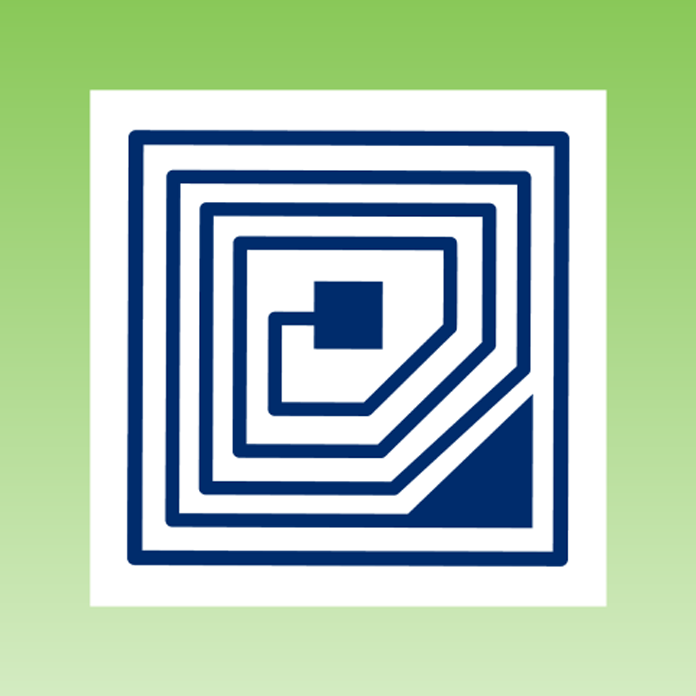
2003
GS1 Cambodia Founded.
Established to introduce global standards in Cambodia markets.
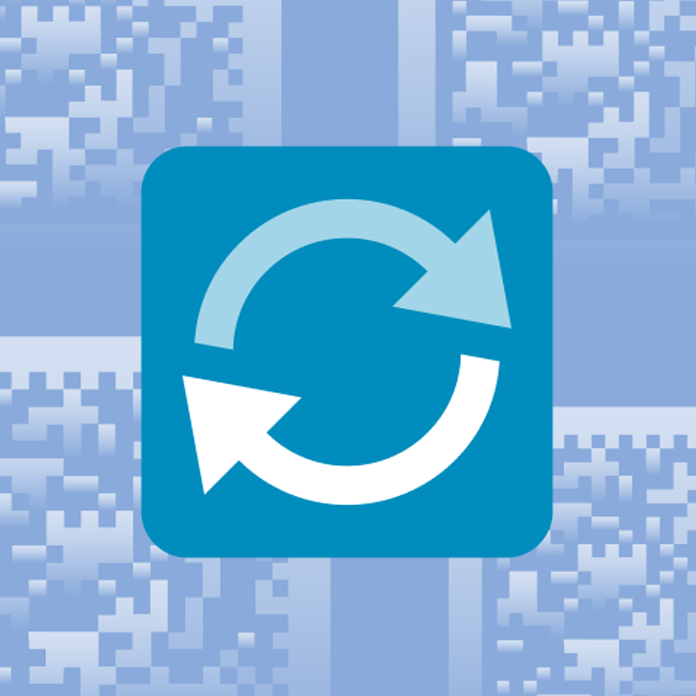
2004
The GS1 DataMatrix is approved and is the first two-dimensional barcode adopted by GS1.
The GS1 Global Data Synchronisation Network (GS1 GDSN) is launched. This product data network makes it possible for any company, anywhere, to seamlessly share high-quality product information.
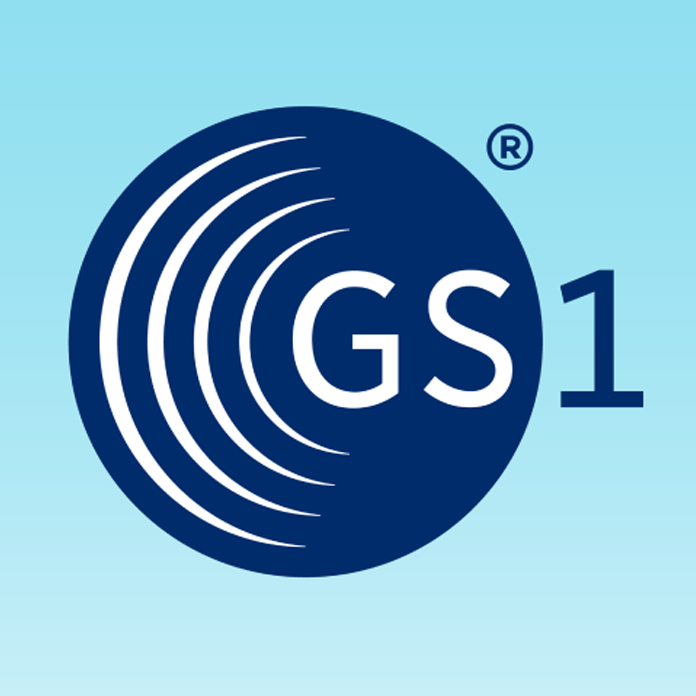
2005
The UCC and EAN merge, creating a single, international organisation with 101 local GS1 Member Organisations.

2006
GS1 launches the first global traceability standard, paving the way for improved supply chain interoperability and transparency.

2010
As e-commerce grows, GS1 enters the business-to-consumer (B2C) world, exploring standards to give consumers direct access to product information through their mobile devices.

2013
GS1 receives accreditation by the U.S. Food & Drug Administration (FDA) as an issuing agency for the unique identifiers (UDIs) used to globally and uniquely identify medical devices.

2014
GS1 builds a new global strategy to respond to the demands of digital, omni-channel commerce, including ratification of their first “digital” standard.
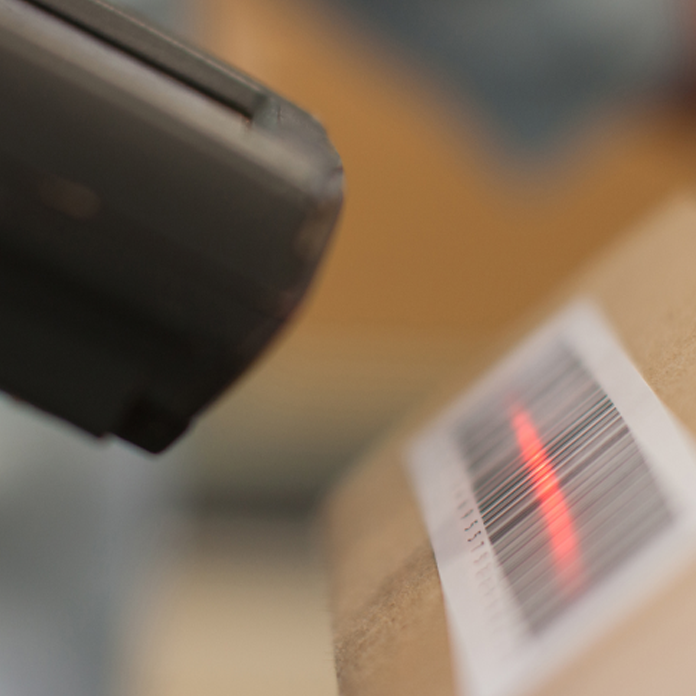
2016
The BBC names the GS1 barcode one of “the 50 things that made the world economy”.

2018
GS1 expands into the financial sector as an accredited issuer of Legal Entity Identifiers (LEIs), the codes that uniquely identify companies participating in financial transactions.
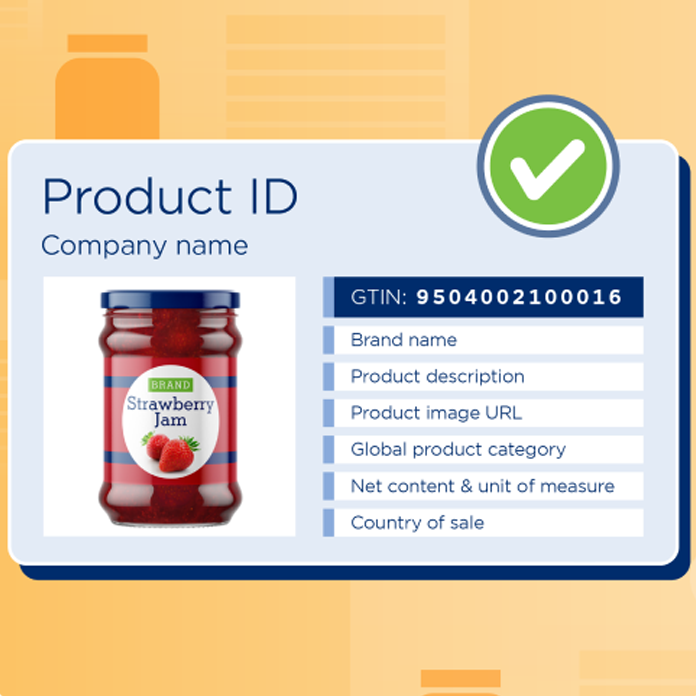
2019
The GS1 Registry Platform (GRP) is established as a trusted source of GS1 Company Prefixes (GCPs), the Global Trade Item Number® (GTIN®), or barcode numbers and GS1 Global Location Numbers (GLNs). Verified by GS1 makes it possible for users to leverage the platform: brand owners can share basic data about their products and retailers and marketplaces can verify the identity of the products they sell.

2020
The GS1 Digital Link standard leverages QR codes to help connect consumers to rich amounts of brand-authorised data on the web, including product information, promotions, ingredients, recipes—and more.

2021
GS1 supports industry with an ambition to read two-dimensional barcodes—QR codes and GS1 DataMatrix barcodes—at retail points-of-sale around the world by the end of 2027.

2022
A joint World Trade Organization (WTO) and World Economic Forum (WEF) report outlines the power of GS1 product and location identification to make cross-border trade more efficient, inclusive and sustainable.

2023
GS1 celebrates the 50th anniversary of the barcode together with its family of 116 local GS1 Member Organisations (MOs). Over 1 billion products now carry GS1 barcodes that are scanned billions of times every day around the world.


